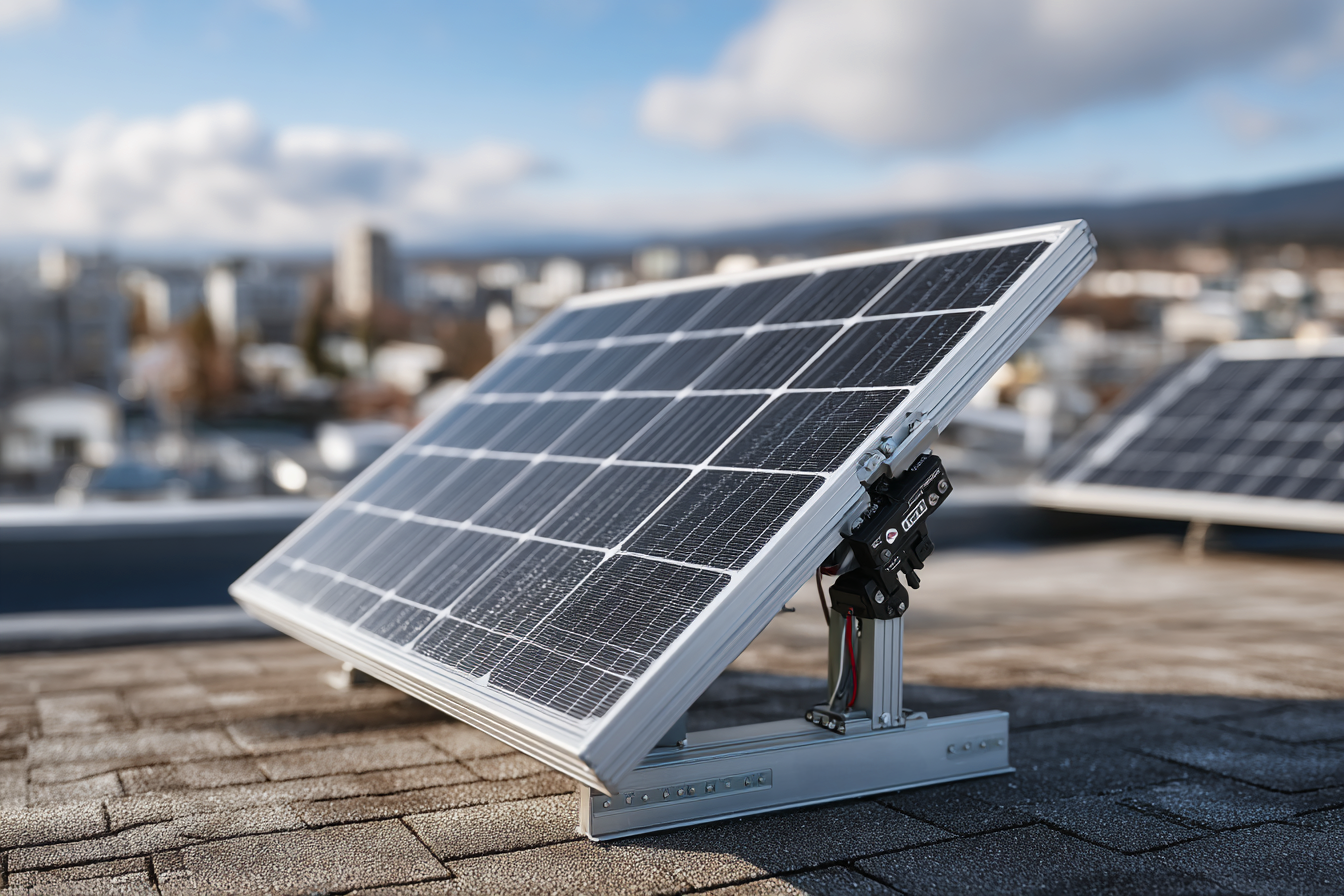What is a Microinverter? How It Boosts Solar Performance in Shady Canadian Roofs

Written by Solenery
2 min read
Introduction
If your Canadian home has roof sections that get partial shade — from chimneys, trees, or snow buildup — you might be wondering whether solar panels will still work effectively.
The answer? Yes — if you pair them with the right technology.
This is where microinverters come in.
Unlike traditional string inverters, microinverters optimize the output of each individual solar panel.
In this article, we break down what microinverters are, how they help in Canadian conditions, and whether they’re worth the investment for your solar setup.
What Is a Microinverter?
A microinverter is a small device attached to each solar panel that converts direct current (DC) to alternating current (AC) — the electricity your home uses.
How it differs from traditional string inverters:
| Feature | String Inverter | Microinverter |
|---|---|---|
| Location | Single box on wall | One per solar panel |
| Shade sensitivity | Entire system affected | Only shaded panel affected |
| Monitoring | Limited system-wide view | Panel-level performance data |
| Cost | Lower upfront cost | Higher, but more flexible |
Canadian Tip: In snowy provinces like Quebec or BC, microinverters reduce the impact of uneven snow melt or temporary shading from dormers or trees.
Why Microinverters Help in Shady or Complex Roofs
Many older or urban Canadian homes don’t have ideal roof angles or unobstructed sunlight.
That’s where microinverters shine.
Key benefits:
Each panel operates independently — a shaded or snow-covered panel doesn’t drag down the entire system.
Great for roofs with multiple angles or complex layouts.
Easier to expand your system in the future.
Example:
A Toronto homeowner with a chimney that shades two panels during winter mornings used Enphase microinverters to minimize losses — saving an estimated $150/year in recovered output.
Monitoring and Maintenance Advantages
Microinverters come with detailed, panel-by-panel monitoring tools that help you track:
Real-time output.
Alerts for underperforming panels.
Historical data and energy savings.
This is especially useful if:
You’re planning a larger system (e.g. 6–10 kW).
You want to track ROI closely.
You want to qualify for net metering and want clear proof of production.
Many utilities or rebate programs also appreciate clear performance data when reviewing applications.
Are Microinverters Worth It in Canada?
Here’s a simple breakdown to help you decide:
You should consider microinverters if:
Your roof gets partial shade (trees, dormers, vents, snowbanks).
You have a multi-pitch or multi-orientation roof.
You want advanced monitoring or performance tracking.
You’re installing fewer than 10 panels and want maximum output per panel.
May not be necessary if:
You have a large, south-facing roof with no shading.
Budget is very tight and your layout is ideal for string inverters.
Cost difference:
Expect microinverters to add $1,000–$2,000 to a typical system — but this can often be offset by increased energy production and fewer maintenance issues over time.
Top Microinverter Brands Available in Canada
| Brand | Highlights | Compatibility |
|---|---|---|
| Enphase | Most popular in Canada, great app | Works with most panels |
| APsystems | Dual-inverter option (two panels/one inverter) | Budget-friendly |
| Chilicon | High-end monitoring features | Less common in Canada |
Pro Tip:
Ask your installer if your utility allows module-level rapid shutdown — a safety feature required in some provinces, which microinverters often support natively.
Conclusion
Microinverters are a smart way to boost solar performance on shady or irregular Canadian roofs — especially if you want flexibility, advanced monitoring, or plan to expand your system over time.
While they cost a bit more upfront, the long-term savings and system resilience can make them well worth it.